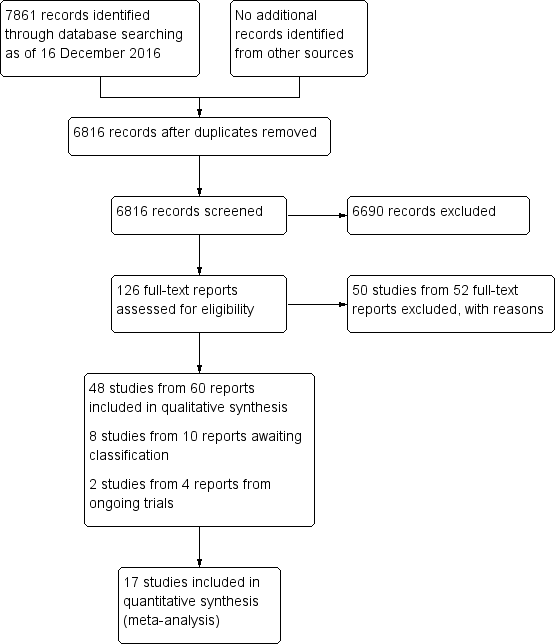Contenido relacionado
Revisiones y protocolos relacionados
Blanche X Lima, Chris HL Lima, Dawn K Lima, Jennifer R Evans, Catey Bunce, Richard Wormald | 1 noviembre 2016
Andreas M Wingert, Su-Hsun Liu, John C Lin, Jayanth Sridhar | 15 diciembre 2022
Fook Chang Lam, Seen N Chia, Richard MH Lee | 11 mayo 2015
Soumendra Sahoo, Ankur Barua, Kay Thi Myint, Adnaan Haq, Adinegara BL Abas, N S Nair | 16 febrero 2015
Emily W Gower, Kristina Lindsley, Samantha E Tulenko, Afshan A Nanji, Ilya Leyngold, Peter J McDonnell | 13 febrero 2017
Abel Wakai, John G Lawrenson, Annali L Lawrenson, Yongjun Wang, Michael D Brown, Michael Quirke, Omar Ghandour, Ryan McCormick, Cathal D Walsh, Ahmed Amayem, Eddy Lang, Nick Harrison | 18 mayo 2017
Chongfei Jin, Xinyi Chena, Andrew Law, Yunhee Kang, Xue Wang, Wen Xu, Ke Yao | 20 septiembre 2017
Thanitsara Rittiphairoj, Tahreem A Mir, Tianjing Li, Gianni Virgili | 17 noviembre 2020
Marlene Fransen, Bruce Neal | 28 marzo 2013
Jian Lee Yeong, Emma Loveman, Jill L Colquitt, Pamela Royle, Norman Waugh, Noemi Lois | 17 diciembre 2020
Respuestas clínicas Cochrane
Jane Burch, Asaf Achiron | 3 mayo 2019












